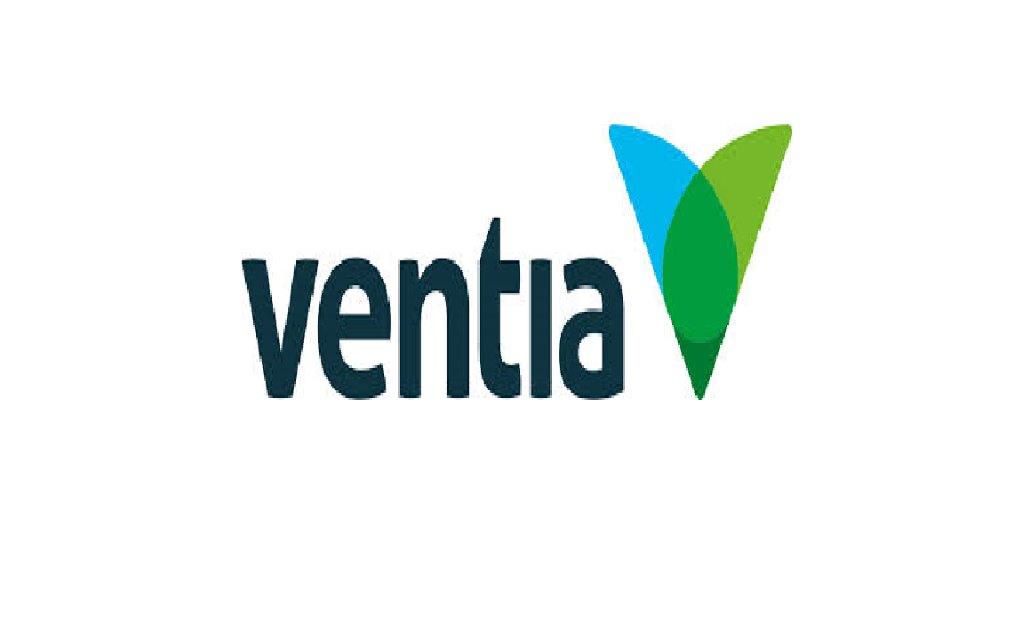Information
-
The version control will be maintained by the SHEQ team and is controlled via the Safety Equipment Inspections Document 2073838157-15.
-
Document No.
-
Audit Title
-
Client / Site
-
Conducted on
-
Prepared by
-
Location
-
Personnel
The version control will be maintained by the SHEQ team and is controlled via the Safety Equipment Inspections Document 2073838157-15.
Safety checking of Fall Arrest Device Inspections (type 2&3) in accordance with AS 1891
General condition
-
Wear at swivels and latch pivot points
-
Gate function
-
Broken, weak or misplaced latch springs
-
Examine complete body casing checking for cracks and impact damage which may affect the operation of the block
-
If the block has a retrieval handle, check that this is attached and ratchet mechanism is working
-
Item is free from corrosion, dirt, rust or other obstructions
-
Check the load indicators for any sign that a fall has occured
-
Check when last serviced and record details
-
Alignment of body,(no twisting or buckling)
-
Distortion of the hook or latch
-
Wear on body
Function Test, before use always test the function of your arrest block.
-
Pull sharply on the cable or webbing and make sure it locks, (complete this action twice to confirm)
-
Check for smooth operation
-
Withdraw the cable or webbing and make sure it retracts fully
Function Test for Wire Rope
-
Pull out cable and check for broken wires, wear and corrsion
-
Examine thimble eye and ferrule at wire termination
POSITIVE OBSERVATIONS
-
Note Positive Observations: is the equipment in good condition
AT RISK OBSERVATIONS
-
Note Observations to be rectified by WHEN and WHO !
-
Provide a sketch of the area of concern if applicable to support findings
-
WORKPLACE MANAGER SIGN OFF
-
Select date














